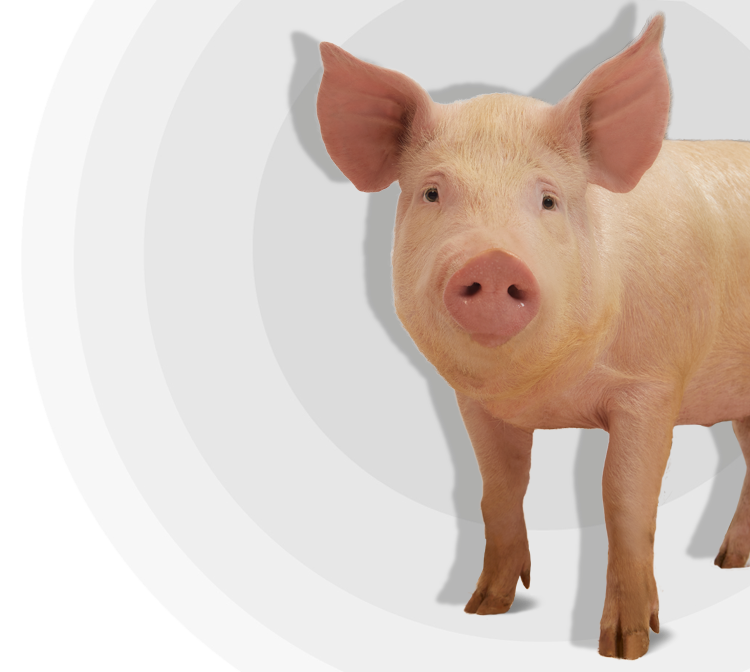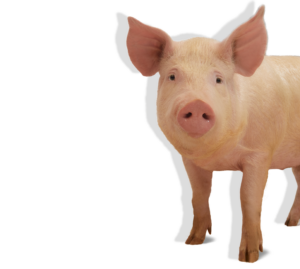To maintain consistently high productivity and growth among the pigs, it is important to ensure their health status. Well-defined biosecurity protocols are key to maintaining a healthy herd and protect the pigs from disease outbreaks, e.g. African Swine Fewer.

African Swine Fewer (ASF) is a contagious and deadly viral swine disease affecting domestic and feral swine of all ages.
Although, the ASF virus is typically spread by blood, saliva, and faeces from infected animals, it is very stable and can survive in/on different materials for a long time.
In countries with ASF infected wild boars, it is extremely important to establish an exclusion zone around the farm to minimise the risk that infected wild boars get close to the buildings. The risk will be minimised by establishing a fixed fence around the farm.
The purpose of the fence is to keep wild boars and flies as far away from the farm as possible. Blood-sucking flies can bring the virus into farms that have a high level of biosecurity. The blood-sucking flies rarely fly far away from forests and areas with high humidity. Likewise, the wild boars do not like to stay in wide-open areas. Therefore, the area around the farm inside and outside the fence must be bare earth or with very low vegetation.
The fence should be at least 150 cm high, and the lowest part must not be permeable to small rodents or predators as they can also bring infection inside. The perimeter of the fence should be walked at least once a week.

No pork products should be allowed on the farm, as these pose a high risk to biosecurity.

To avoid potentially infectious food at the farm, staff (or visitors) should not be allowed to bring food into the farm. This, of course, means that food for staff will need to be cooked at the farm, or one person is responsible for buying and bringing a shared lunch.
When bringing pigs into the farm or delivering pigs for the slaughterhouse or other farms, a truck from outside comes close to the farm. Normally, the truck is not a risk by itself, but you need to consider the truck as a possible carrier of infectious virus from other cargo it may have carried or an area that it may have driven through.
Transport of pigs pose a risk to on-farm health. Any arriving pig transports must be empty and thoroughly cleaned as well as disinfected before arrival at your production. Vehicles have their own security protocols, but you should make sure to check and approve that the truck has been cleaned according to your on-farm standards before it arrives at the loading bay.
Remember that ASF lasts for several days in faeces.
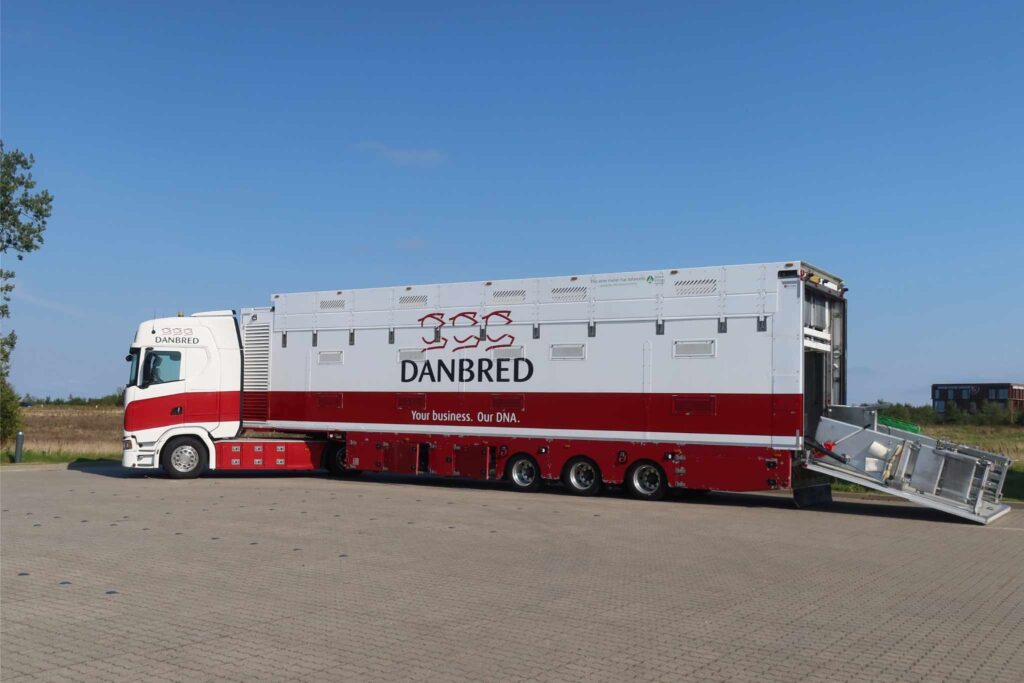
High biosecurity should always be in focus when loading pigs. Make sure to have a designated loading area and loading bay that you can wash and disinfect between loadings. The loading area should be treated as a dirty zone, which is not secure, whereas the entry/exit areas of the farm should be treated as clean and secure zones. Try to minimise cross-over traffic between the clean and dirty zones to reduce the risks of contamination.
People are one of the risk factors when it comes to the introduction of diseases into pig productions. Having a clearly defined code of conduct when it comes to entry into the farm can reduce the risk of people transmitting unwanted pathogens into the herd.
It is a good idea to keep a logbook where all visitors can sign in with date, name, and the date of their last visit to a pig production.
Ensure a clearly defined designated entry room with a dirty zone and a clean zone.
Everyone who arrives in the production, should as a minimum change their clothes and shoes as well as wash their hands and nails with soap and water before entering the clean zone.
If the physical facilities allow it, you can also practise that everyone should “shower in”.
It is essential that no off-farm footwear or clothing are allowed in the farm – and to prevent all contact between off-farm clothing and on-farm clothing.
Practice tidiness and good hygiene in the staff room as well – also to prevent zoonotic diseases of pigs to infect staff.
It is highly recommended that all materials, e.g. equipment, supplies, gadgets etc., that are brought into the farm go through an ozone box (or UV box or fumigation box or the like) to be disinfected.

The constant availability of feed, shelter, and waste in pig productions provide the ideal environment for pests. Pests contribute to poor health and welfare for pigs and pose a threat to the biosecurity in your herd. Moreover, they cause increased maintenance, costs for feed due to wastage, costs for veterinarians etc.
To decrease the risk of rodents on farm, please avoid food stored on the floor or lids of the feed bins being left open etc.
Always consult local experts before initiating pest control initiatives such as traps.
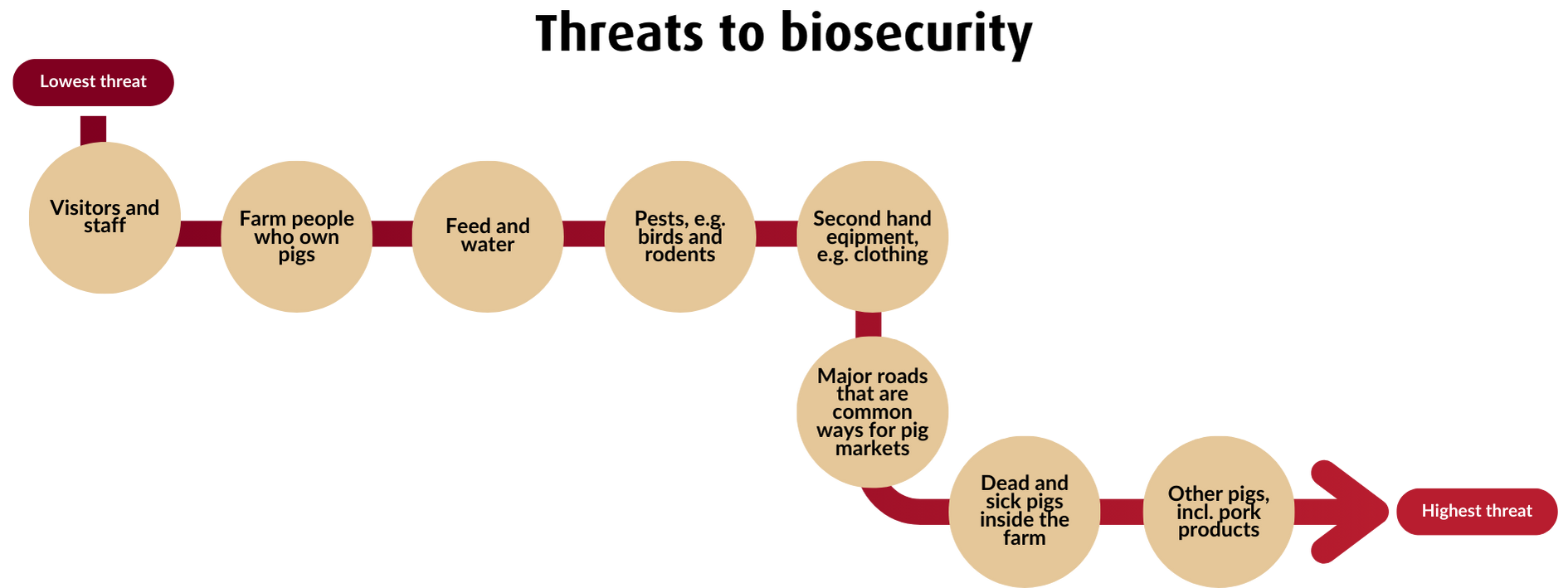
We can help you transition to DanBred genetics, technical services, transport and more. Book a time with us, and we will call you when it suits you.
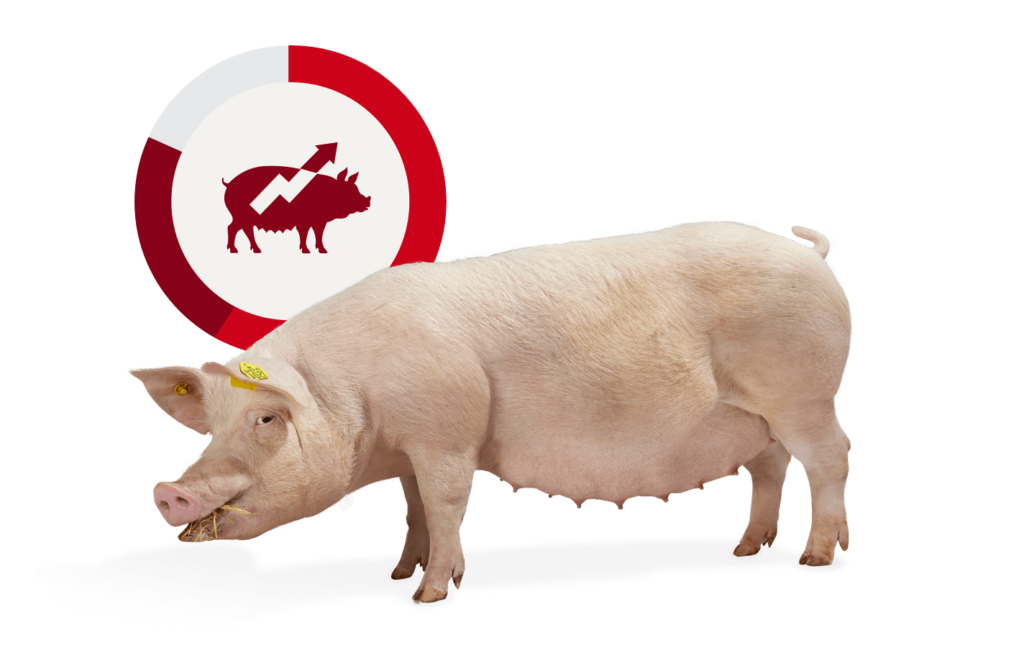
Do you think DanBred might be the right choice for you or someone you know? Click below to get in on the progress.
